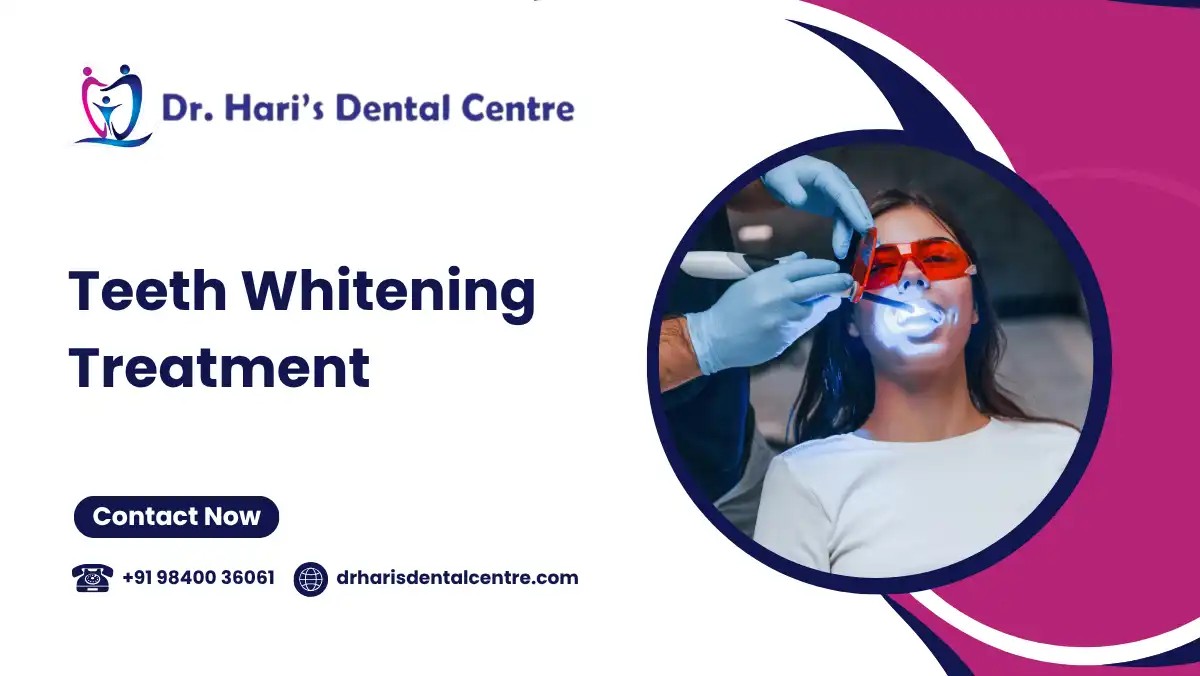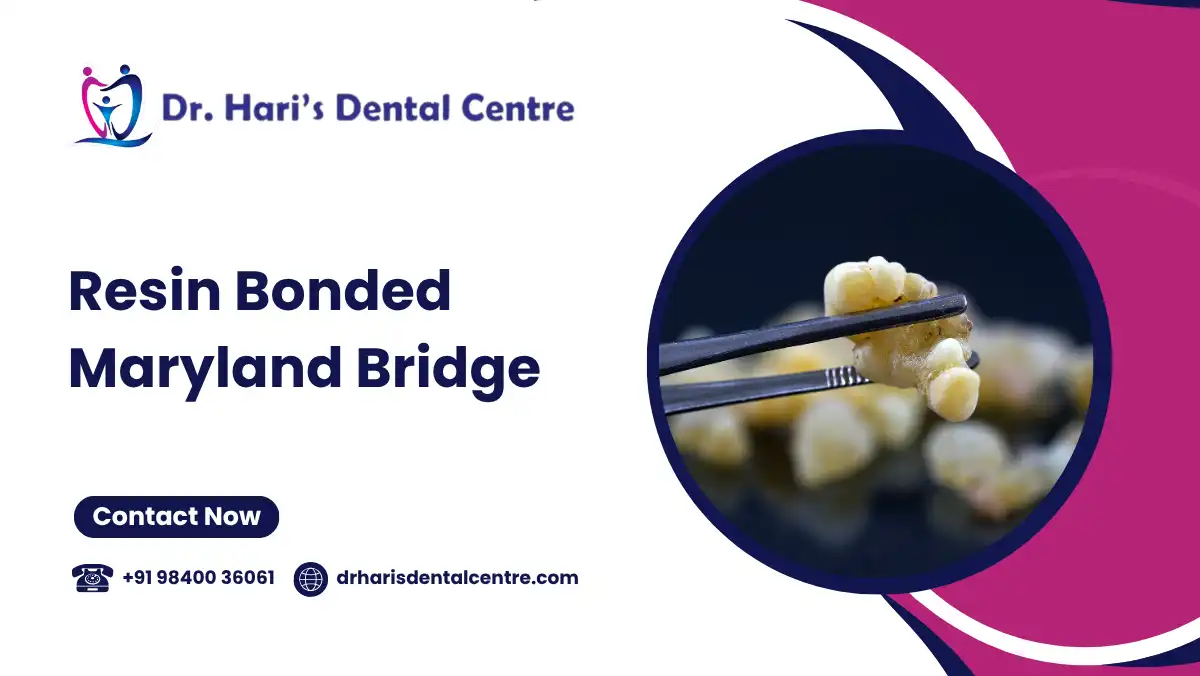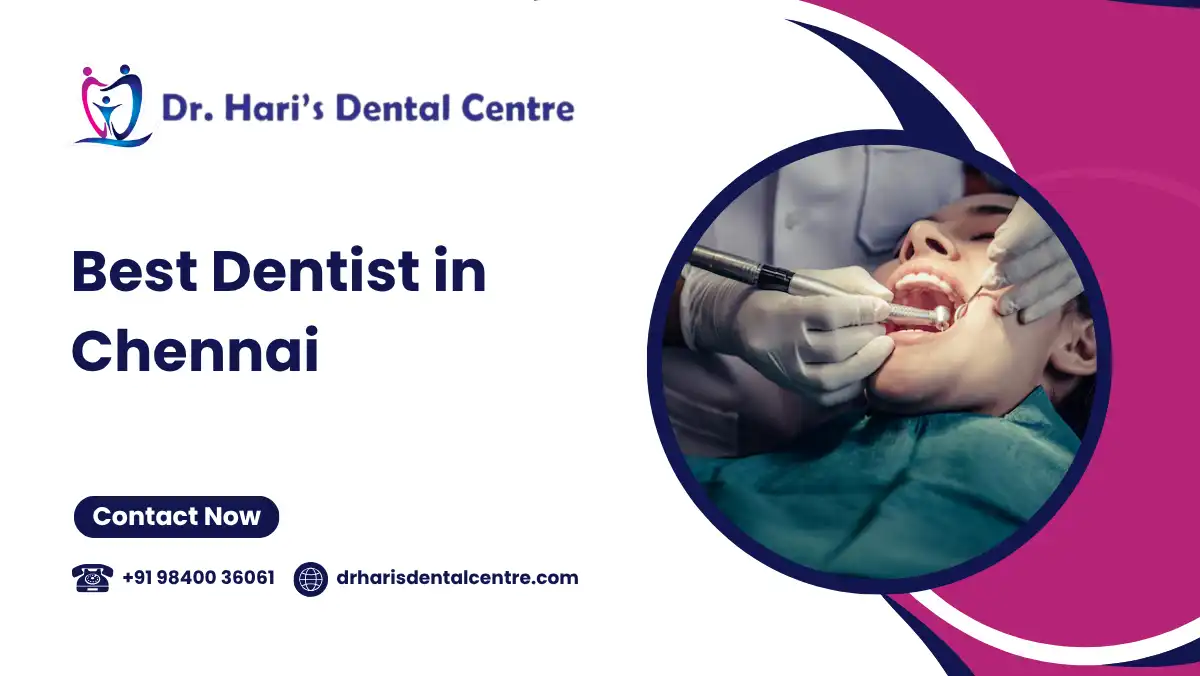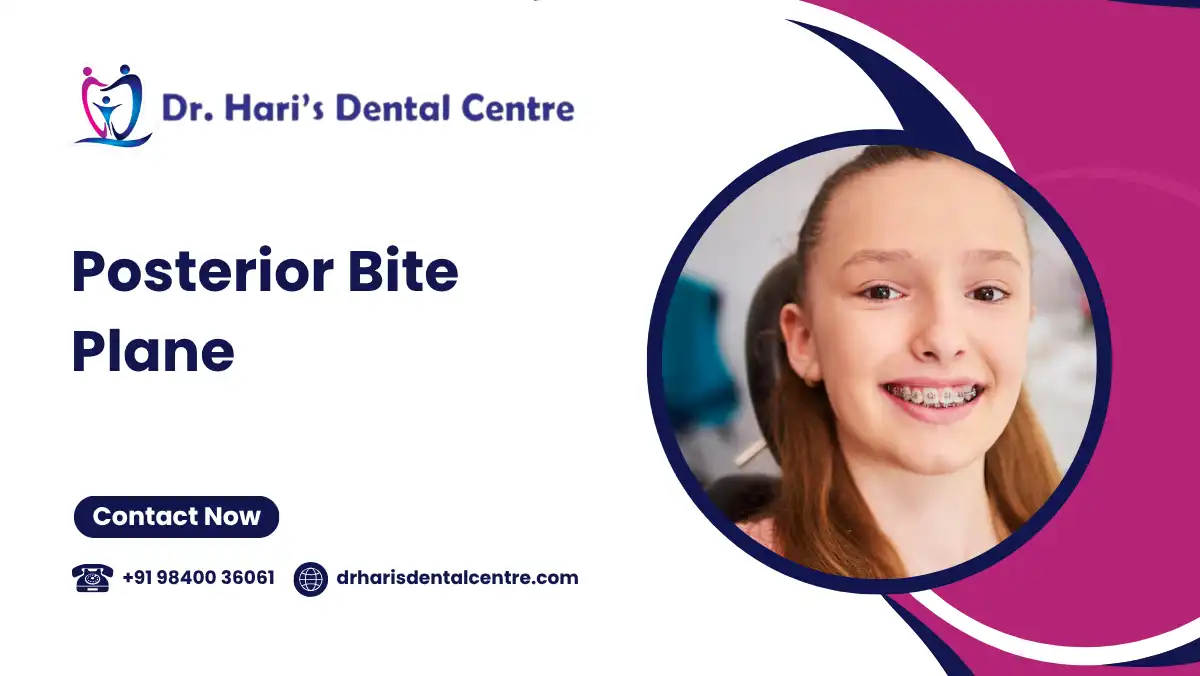Pediatric dentistry is a specialized field focusing on the oral health of children, adolescents, and even adults with childhood dental issues. It ensures proper dental development, prevents oral diseases, and establishes a foundation for lifelong oral health. Pediatric dentists address structural, functional, and aesthetic dental needs with care and precision, from the first tooth to the last molar. Early identification of conditions like cavities, misalignments, and congenital anomalies helps prevent more extensive treatments later in life. The field emphasizes building trust, promoting healthy dental habits, and creating lasting smiles, benefiting both children and adults who missed early dental care.

Newborn
The newborn phase marks the beginning of a child’s dental development. While babies are typically born without visible teeth, dental care during this period is essential to prevent issues that could arise later. Parents are often advised to clean their baby’s gums with a soft cloth to remove bacteria that can lead to early dental problems.
- Natal Teeth: These are teeth that are present at birth and may require early examination. Though rare, they can affect breastfeeding or cause discomfort.
- Neonatal Teeth: These teeth emerge within the first 30 days of life and often cause irritation or gum sensitivity. Pediatric dentists monitor these teeth to ensure they don’t interfere with feeding or other developmental milestones.
- Cleft Lip and Cleft Palate Management: A cleft lip or palate is a common congenital condition where there is an opening in the upper lip or roof of the mouth. Early intervention through surgery, orthodontics, and speech therapy is key to providing proper oral function.
Early Childhood
As children enter the early stages of childhood, their dental needs evolve significantly. It is during this time that establishing good oral habits and scheduling regular dental visits are critical in laying the foundation for a lifetime of healthy teeth. Parents should focus on teaching children the importance of brushing, flossing, and eating a balanced diet. This is also the time when the first set of primary teeth begins to emerge, and it’s essential to monitor their development closely.
- Early Childhood Caries: Often referred to as “baby bottle tooth decay,” early childhood caries is a serious concern caused by prolonged exposure to sugary liquids. It can lead to cavities even before the child has a full set of teeth.
- Nursing Bottle Caries: This condition develops when infants fall asleep with a bottle containing milk, juice, or formula. The sugars in these liquids linger on the teeth, causing decay over time.
- Sequence of Teeth Eruption: The process of teething can be uncomfortable for children, and understanding the sequence of tooth eruption helps parents know when to expect new teeth. Typically, the first teeth appear at around six months, with the full set of primary teeth emerging by age three.
Early Orthodontic Intervention
Orthodontics plays a vital role in pediatric dental care, especially when problems with tooth alignment or bite are detected at an early stage. Early orthodontic intervention can make a significant difference in minimizing the need for more invasive treatments later on, and it helps ensure a child’s teeth and jaw develop properly. By addressing alignment issues early, orthodontists can guide the growth of the jaw and the positioning of teeth, resulting in better overall oral health.
- Interceptive Orthodontics: This approach aims to correct bite issues before they become more complicated. It often involves monitoring the child’s dental development to prevent crowding or other misalignments.
- Palate Expanders: A common orthodontic device used in early intervention, palate expanders are designed to widen the upper jaw. This can provide more space for teeth to emerge properly and prevent crowding or bite issues.
- 2*4 Appliance: This is a set of appliances used for young children who have not yet lost all of their baby teeth. It helps to align the teeth and improve spacing to avoid future orthodontic challenges.
Pediatric Sedation Dentistry
For many children, the thought of visiting the dentist can be overwhelming and anxiety-inducing. Pediatric sedation dentistry plays a crucial role in ensuring that young patients feel safe and comfortable while receiving the dental care they need. These sedation techniques are specifically designed to ease the child’s nerves and help them remain calm throughout their treatment, reducing the likelihood of traumatic experiences that could lead to fear of future visits.
- Nitrous Oxide (Laughing Gas): This mild sedative is commonly used to help children relax during dental procedures. It is non-invasive, fast-acting, and has minimal side effects.
- Oral Sedation: For more extensive procedures, oral sedation may be prescribed. It is typically administered in liquid or pill form and provides a deeper level of relaxation.
- General Anesthesia: In cases where extensive dental work is necessary, general anesthesia may be used to ensure the child remains completely asleep throughout the procedure.
Laser Dentistry
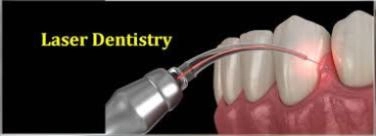
Laser dentistry represents a significant advancement in pediatric dental care, offering a modern, precise, and minimally invasive alternative to traditional surgical methods. It is especially beneficial for children and even adults who may be anxious about conventional dental tools. With reduced discomfort, quicker healing times, and minimal bleeding, laser dentistry has become an increasingly preferred option in managing soft tissue conditions in younger patients. It ensures a smoother experience with less postoperative pain and a faster return to normal activities.
- Soft Tissue Laser Surgery: Laser technology is often used in pediatric dentistry to perform procedures like frenectomy, which involves the removal of restrictive tissue under the tongue (tongue-tie) or lip (high frenum). This procedure can help improve speech and eating habits for children who are experiencing difficulty due to these conditions.
Conclusion
Pediatric dentistry plays a vital role in ensuring healthy smiles from infancy to adolescence. Early care helps prevent dental issues, supports proper growth, and builds lifelong oral habits. From managing newborn concerns to guiding tooth alignment and offering gentle sedation, each stage needs expert attention. Modern tools like laser dentistry make treatments quicker and more comfortable. At Dr. Hari’s Dental Centre, we focus on safe, specialized care for both kids and teens, making dental visits easy and stress-free. Early dental care is the key to lasting oral health.


